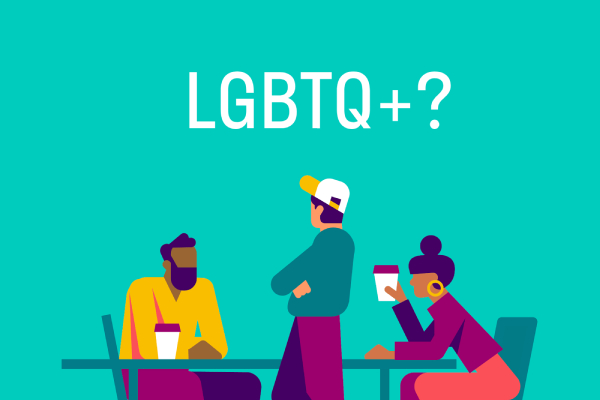The rainbow is now synonymous with Pride. But why has Deliveroo chosen to use Daniel Quasar's progress Pride flag?
The original ‘rainbow’ Pride flag was created in 1978 by artist and activist Gilbert Baker. It was then adapted over the years, from eight colours (losing its turquoise, indigo and pink stripes) to six.
If you go to a Pride event, you’ll likely see lots of different flags being used. This is because some members of the LGBTQ+ community have their ‘own’ flags.
The Pride flag commonly used around the world now has six stripes: red, orange, yellow, green, blue, and violet. The ‘right way up’ is contentious, but shows the flag as it would appear in a rainbow (with red at the top).
The flag is typically flown horizontally, and can be represented in other shapes too, on badges and on clothing.
You might also recognise the rainbow symbol as representing the NHS, as it was recently used as a symbol of hope during the pandemic.
What’s the ‘progress’ Pride flag?
The progress Pride flag, builds on the existing Gilbert Baker design. Created by Graphic designer and activist Daniel Quasar, this new design incorporates five new colours in a ‘chevron’ or arrow pattern.
These five new colours: black, brown, pink, light blue and white represent often-marginalised communities within the LGBTQ+ community.
Black and brown represent black and ethnic minority backgrounds.
Pink, light blue and white are the colours of the trans Pride flag. The Trans flag was created in 1999 by activist and author Monica Helms. The three colours represent male and female genders as well as white for those who are transitioning, intersex and non-binary.
Why is Deliveroo using the progress Pride flag?
Deliveroo uses this newer flag because we're committed to representing the full spectrum of the LGBTQ+ community, and its allies.
We’re working with the designer of the progress pride flag Daniel Quasar too, so watch this space!


